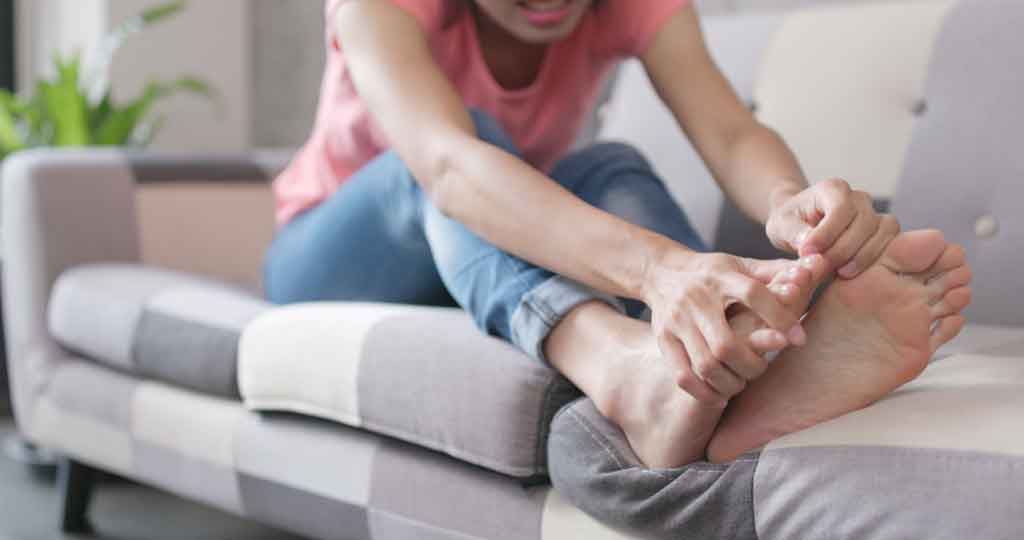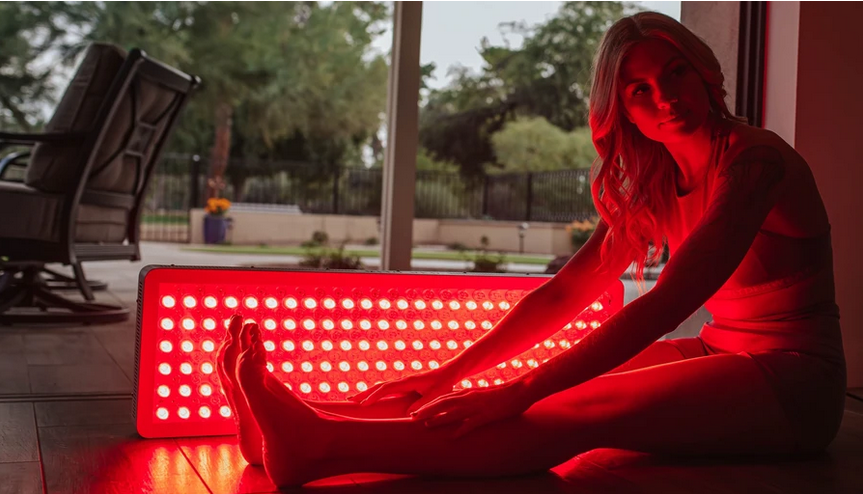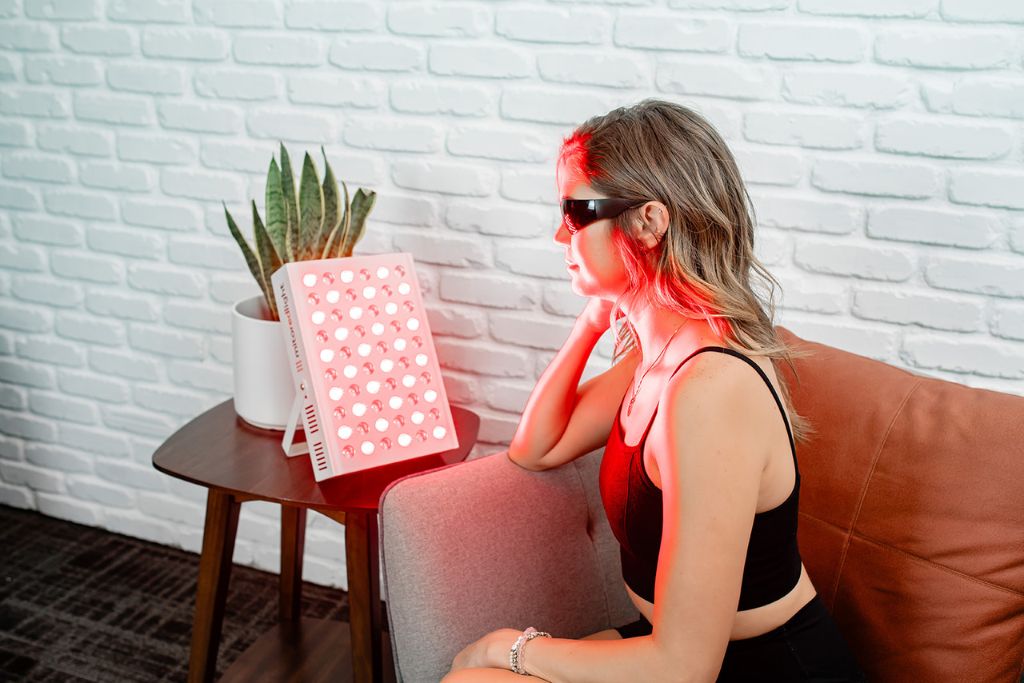When is the last time you’ve had a good night’s right? More than fifty to seventy million adults in the United States have been diagnosed with a sleeping disorder. According to the Centers for Disease Control and Prevention, sleep disorders like sleep apnea have become so pervasive in this country that it is now considered a public health epidemic. Sleep apnea is the most common sleep disorder in the U.S. After all, one in every five adults has mild obstructive sleep apnea while one in every fifteen adults has been diagnosed with moderate to severe obstructive sleep apnea. Yet, seventy-five percent of severe obstructive sleep apnea cases remain undiagnosed.
In the last few years, sleep apnea has been linked with a host of serious health problems, such as diabetes and nerve damage in the peripheral nerves. Due to the prevalence of sleep apnea and its impact on one’s health, it’s important to know exactly what it is, the symptoms of this disorder, the different types, and the treatment options that are available to people who are diagnosed with it.
Sleep Apnea – The Disorder Explained
Sleep apnea is a condition characterized by abnormal breathing patterns while asleep. Repeated pauses in breathing while asleep are what makes this condition so dangerous. This disorder can affect men, women, and in some cases, even children. There are three main types of sleep apnea which include:
Central Sleep Apnea – Central sleep apnea occurs when your brain fails to send signals to the muscles that control your breathing. This form of sleep apnea can be a result of other conditions that directly affect the ability of the brain stem.
Obstructive Sleep Apnea – Obstructive sleep apnea is the most common form of this sleep disorder. Obstructive sleep apnea occurs when the muscle that’s responsible for controlling the soft tissue in the throat temporarily relaxes. This cuts off the airway and makes it difficult to breathe.
Complex Sleep Apnea – Complex sleep apnea is a combination of obstructive and central sleep apnea.
Symptoms of Sleep Apnea
Perhaps the most common sign of a sleep apnea disorder is excessive snoring. It is important to note that not everyone who snores has sleep apnea. However, when the snoring is followed by choking or gasping for air, this can be a major indication of sleep apnea.
Some additional symptoms of sleep apnea include:
● Loud snoring
● Abnormal breathing patterns
● Insomnia
● Persistent morning headaches
● Pausing in breathing while asleep
● Daytime fatigue or sleepiness
● Low libido
● Increased irritability
Sleep Apnea and Diabetes
Did you know that there is a strong link between diabetes and sleep apnea? Diabetes is a prevalent disease that occurs when your blood sugar, also called bood glucose, is too high. Clinical research shows that obstructive sleep disorder is also associated with high blood sugar due to glucose intolerance and insulin resistance.1 This is largely due to the fact that the risk factors for sleep apnea and diabetes are very similar. For instance, excess weight and obesity is a big risk factor for both disorders.2 In sleep apnea, the increase in fatty deposits surrounding the airways obstructs breathing.
Over eighty percent of people who are diagnosed with type 2 diabetes have also been diagnosed with some form of sleep apnea.3 In addition, researchers believe that more than eighty percent of obese individuals who have type 2 diabetes may also have sleep apnea.4
Sleep Apnea and Nerve Damage
In the last few years, physicians have identified a link between obstructive sleep apnea and peripheral neuropathy. Peripheral neuropathy is characterized by symptoms such as persistent weakness, pain, burning, numbness, or odd sensations in the hands and feet. These unpleasant symptoms are the result of nerve damage. Peripheral nerve damage can be serious if it leads to complications such as the development of foot ulcers and tissue death.
Some case studies suggest that physicians should consider obstructive sleep apnea as a direct cause of neuropathic pain.5 One study found that sixty percent of individuals diagnosed with diabetes and obstructive sleep apnea also experienced peripheral neuropathy. Another study revealed that diabetic patients who had peripheral neuropathy were eventually diagnosed with sleep apnea at higher rates than diabetics who didn’t have a peripheral neuropathy condition. Also, another report revealed that obstructive sleep apnea is a major independent risk factor for axonal damage of the peripheral nerves (damage to a particular part of nerves called axons).
Evidence suggests that peripheral neuropathy due to sleep apnea is the result of chronic hypoxia or the absence of oxygen to the brain, which occurs when the airways are obstructed. Studies show that obstructive sleep apnea and intermittent hypoxia have a significant impact on the health of peripheral nerve function.6 In such cases, the severity of peripheral neuropathy depends on the duration of low oxygen levels.
Diagnosing Sleep Apnea
In some cases, a physician can make a diagnosis based on the signs and symptoms the patient is exhibiting, as well as evaluating their sleep history. However, typically patients who show signs of sleep apnea are referred to a sleep disorder center for a clinical diagnosis.
At a sleep disorder center, patients are given a nocturnal polysomnography. During this test, the patient is hooked up to equipment that closely monitors their breathing patterns, heart, lung, and brain activity, blood oxygen levels, and bodily movements while they are asleep.
Home sleep tests are also administered to some patients. A home sleep test uses a very basic breathing monitor that records an individual’s oxygen levels and breathing efforts while they are asleep. Because home sleep tests are simplified, they aren’t helpful in diagnosing every sleep apnea case.
Road To Treating Sleep Apnea
Can sleep apnea be cured? Unfortunately, for the most part, this chronic sleeping disorder doesn’t just go away. However, there are some things you can do to reduce sleep apnea symptoms. Since most patients diagnosed with sleep apnea also carry excess weight or suffer from obesity, making healthy lifestyle changes can be helpful. Because obesity can increase airway obstruction and contribute to the narrowing of nasal passages, most doctors will recommend that patients with sleep apnea lose some weight.
If experiencing sleep apnea, consider limiting your alcohol intake and tobacco use. Alcohol has a depressant effect and relaxes the muscles that help control breathing. This can lead to persistent snoring and can lead to poor sleep patterns. In addition, tobacco use such as smoking cigarettes can lead to inflammation and the swelling of your airways. People who stop smoking often experience significant improvement in their sleep apnea.
Individuals that suffer from chronic sleep apnea or obstructive sleep apnea may have to use medical devices that help open up their airways while they’re asleep. Formal sleep apnea treatment options include:
Continuous Positive Airway Pressure Therapy – Patients with sleep apnea may benefit from sleeping with a CPAP machine which is a machine that delivers a stream of air pressure through a mask. The air pressure is powerful enough to keep the airways open while the patient is asleep.
Bilevel Positive Airway Pressure – Some individuals aren’t keen on the intense air pressure that the CPAP machine delivers. The BPAP automatically adjusts the air pressure while the individual is asleep which may be more comfortable for some sleep apnea patients.
Oral Appliances – Oral appliances designed to keep the throat open can help relieve mild snoring and help individuals with mild cases of obstructive sleep apnea. However, oral appliances aren’t as effective as CPAP or BPAP therapies.
Surgery – When these treatments fail, sleep apnea may require surgery to remove the uvula and tissue from the soft palate to create more space in the airway. Bariatric surgery may also be recommended to help quickly reduce weight in an obese patient with severe sleep apnea.
Summary
Have you or someone you love been diagnosed with sleep apnea? Fortunately, there are several effective treatment options available to people who suffer from sleep apnea. Over the years, sleep apnea has been closely linked to other serious health complications like diabetes and peripheral neuropathy. Studies have shown that patients with sleep apnea may experience peripheral neuropathy. Research suggests that there is a direct correlation between diabetic patients with sleep apnea and peripheral neuropathy. If you have been experiencing such symptoms it’s important to seek help from your medical provider.
Up to Half of Pain Sufferers Experience Depression or Anxiety: Is this you?

You wake up every morning with pain, and you go to bed feeling the same…
Sensory Symptoms are Your Warning Light. Don’t Ignore.

Symptoms of peripheral neuropathy come in all different types. Usually, the symptoms you experience will…
Mayo Clinic Reports That Some Heavy Metals Cause Peripheral Neuropathy

Heavy metals are used in many places throughout the world, but they’re not intended to…
Sleep Disruption Not Only Makes You Tired, It Does This Too

When we’re in pain, we have a hard time sleeping. That’s bad enough. But it…
Best Value Red Light Therapy Panel Goes to Mito

As the popularity of red light therapy has grown quickly over the past few years,…
Confused By Your Symptoms? Here’s What They Mean.

Peripheral neuropathy was long known to be a nerve disease that causes symptoms like tingling,…
You’re Not Alone. Help for Chronic Illness Patients.

Are you living with a chronic illness, like cancer, diabetes, fibromyalgia, or neuropathy? If so,…
How Does Red Light Therapy for Nerves Work?

Dealing with nerve damage is tricky, especially when regular treatments like medications only ease the…











